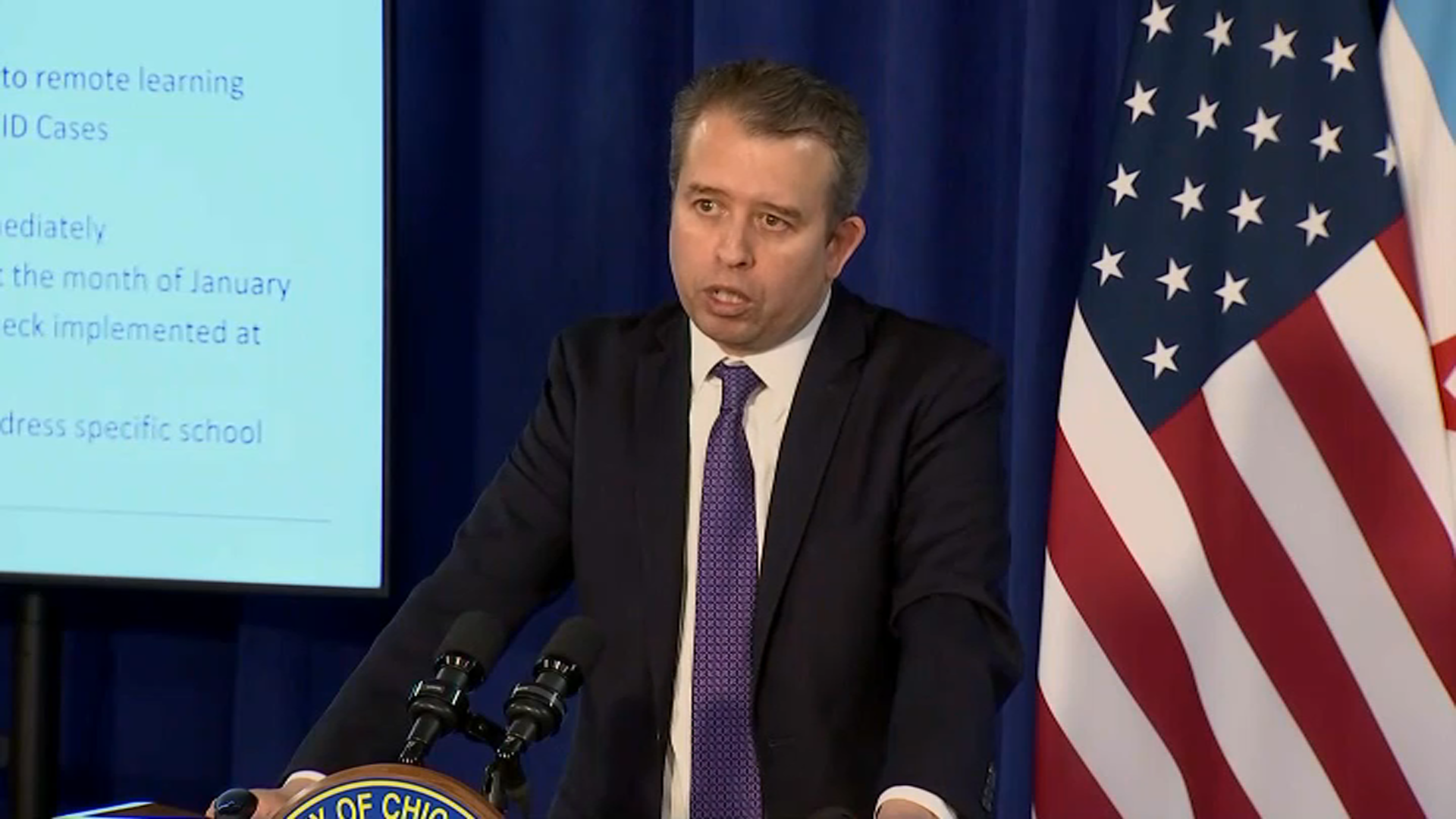
While parts of the Midwest have been treated to rare northern lights displays in the past year thanks to far-reaching geomagnetic storms, a prediction from the National Oceanic and Atmospheric Administration anticipates that the coming months could bring more views of the aurora borealis in the region.
The NOAA predicts a "solar maximum" in the coming months, or the peak solar activity during the sun's 11-year solar cycle.
This means more solar storms mostly known for lighting up the night skies in Alaska and Iceland could once again go well beyond their normal range, such as when northern lights were seen in the southern U.S. in May 2024.
During a solar maximum, more frequent and intense flares are discharged from the sun's sizzling outer atmosphere, causing the geomagnetic storms that create the stunning displays.
The coronal mass ejections, or large expulsions of plasma and magnetized particles from the sun's corona, can also disrupt Earth's magnetic field and GPS systems.
In May, operators of power plants and spacecraft in orbit were recommended to take precautions ahead of time as the G4 geomagnetic storm posed a risk for high-voltage transmission lines and satellites, which could in turn disrupt navigation and communication.
But across the world, people sat back and watched as darkness set in and stunning light displays surfaced.
Local
The NOAA expects the solar maximum in Solar Cycle 25 to peak between November 2024 and March 2026, with solar flux units, which measure spectral flux density, at their highest levels in over 20 years.
While activity is expected to peak in the coming months, there is no guarantee we will see another event akin to May's G5 geomagnetic storm.
Feeling out of the loop? We'll catch you up on the Chicago news you need to know. Sign up for the weekly Chicago Catch-Up newsletter.
Only three other "severe" geomagnetic storms, classified as G4s, have been reported in the past five years. The last "extreme" event, a G5 storm, occurred around Halloween in 2003, resulting in power outages in Sweden and damaged transformers in South Africa.
The most intense solar storm in recorded history, in 1859, prompted auroras in central America and possibly even Hawaii.
More information on the NOAA predictions can be found here.



